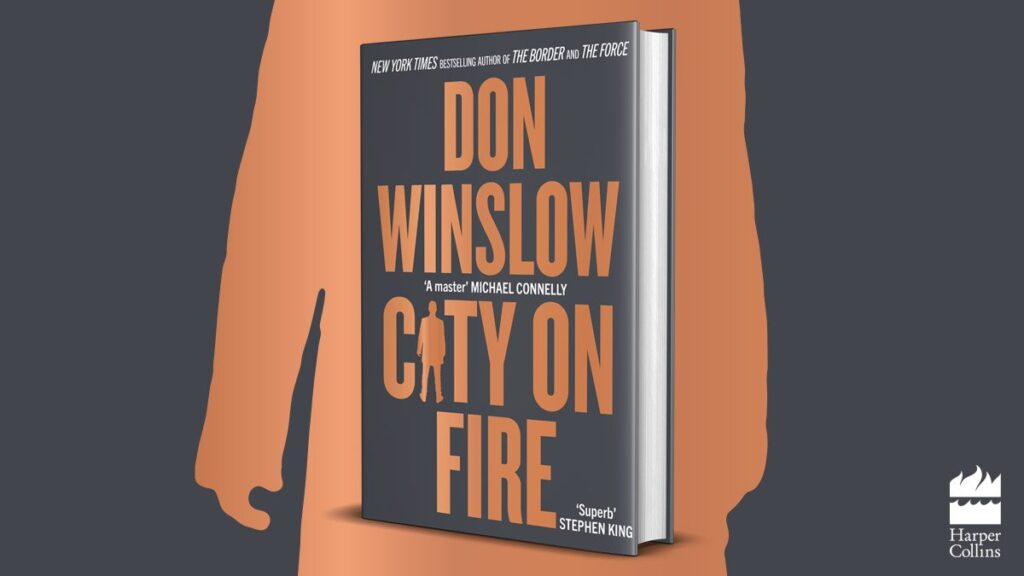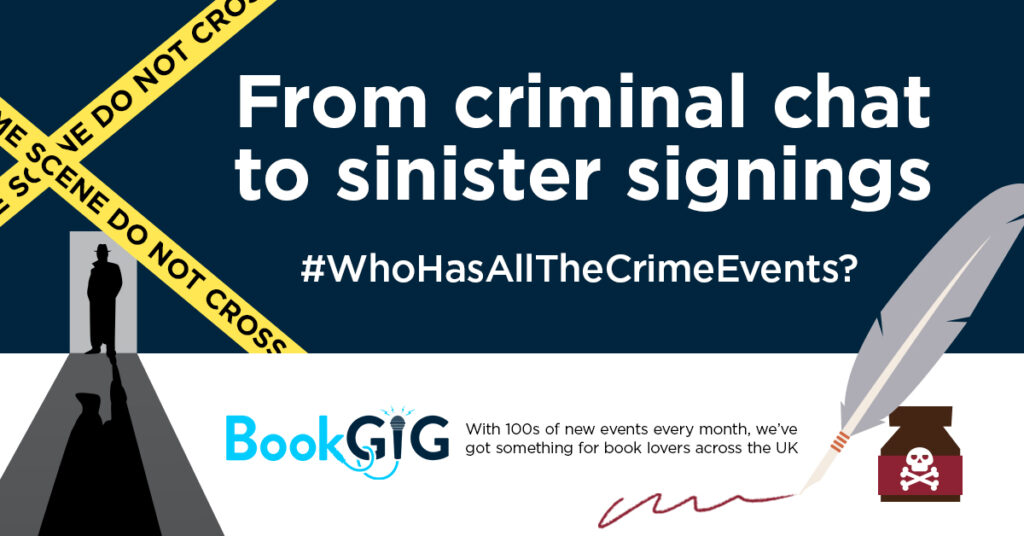 My first two novels, The Istanbul Puzzle and The Jerusalem Puzzle are set mainly in the cities of their titles. I decided to write them because I’ve always enjoyed travelling, seeing other cultures and trying to understand what make them tick.
My first two novels, The Istanbul Puzzle and The Jerusalem Puzzle are set mainly in the cities of their titles. I decided to write them because I’ve always enjoyed travelling, seeing other cultures and trying to understand what make them tick.
The Istanbul Puzzle was easier to write because I have been there about a dozen times. What struck me most about the city was how different it was from my preconceptions. We don’t see much in the media about Istanbul, even these days. Whatever we do see is usually about football hooligans or bomb attacks, and it’s usually quite negative.
I had never, for instance, heard anything about Hagia Sophia, the symbol of Istanbul and one of the greatest buildings in the world. What attracted me to Hagia Sopia were the mysteries that still surround it. One mystery I explore in The Istanbul Puzzle is what is underneath it. There have been few underground excavations at Hagia Sophia.
It is the only great church in the world (it is now a museum), which has no basement levels. As well as being the seat of Orthodox Christianity for a thousand years it was later a mosque and the seat of the Islamic Caliphate, a unique combination.
There are hundreds of legends about what may lie beneath Hagia Sophia. Some say that the underground areas include the tombs of saints, a giant cistern which a galleon can sail in, tunnels which extend to the Princes’ Islands, a crypto room with the secret correspondences of Orthodox congregations around the Byzantine empire and jewellery thrown away when the Byzantine aristocracy realised that the city would be lost.
As you can imagine researching such mysteries provided an interesting way to learn about the history of Istanbul. Over the years I bought every history book I could find on the subject. John Julius Norwich’s celebrated history about the Byzantine Empire was my starting point. Books such as Roger Crowley’s 1453, about the fall of Constantinople, were my end point. And in between I read lots more. I also visited numerous locations in Istanbul including Hagia Sophia many times. I visited Hagia Eirene, which is in The Istanbul Puzzle and close to Hagia Sophia, and other Byzantine era buildings nearby. I went into closed-off underground areas and took pictures of places rarely seen and almost unknown.
I also travelled to the Princes’ Island near the city and stayed there as part of my research. They are located in the Sea of Marmara (the Sea of Marmalade I used to tell my son) and from them you can look back at Istanbul, both the European and Asian shores, lit up at night as if a sack of diamonds has been strewn over black velvet. Istanbul is surely one of the most beautiful cities in the world.
My research for The Jerusalem Puzzle started with the stories I had learned as a child. Almost all of us have heard the story of Jesus and about the locations in Jerusalem where the story took place, the Temple, the gates of the city, the road to Bethlehem to name but a few. I had also read a lot about the wars that had taken place in Jerusalem all the way up to the present day.
I wanted to write about Jerusalem because it is the holiest city in the world, a city of pivotal significance for the Jewish faith, for Christianity and for Islam. Jerusalem plays a key role in the holy books of all these faiths.
I had also read a lot about the crusader era and like most of us I have seen movies about the battles that took place at that time involving such characters as Richard the Lion Heart and Saladin.
Jerusalem has a history that is without parallel. The most interesting book I read in 2011 was Simon Sebag Montefiore’s Jerusalem – The Biography. This truly was a book I did not want to finish. In fact I delayed the last few chapters I was enjoying it so much. It is filled with revelations about Jerusalem and the people who lived there right up to the present day.
Other books I found eye opening were Martin Gilbert’s, In Ishmael’s House, and David Lynch’s A Divided Paradise.
I knew it was going to be necessary to visit Jerusalem, to make sure that the story in my head about Jerusalem was going to be grounded in reality. In February 2012 I spent a week in Jerusalem and in the Palestinian Territories, the Judean Hills and the Negev desert.
Jerusalem was going to be grounded in reality. In February 2012 I spent a week in Jerusalem and in the Palestinian Territories, the Judean Hills and the Negev desert.
I found Jerusalem fascinating. I was drawn of course to the Christian sites, the tomb of Jesus in the Church of the Holy Sepulchre and Golgotha are dark and powerful places. The church that surrounds them is immense and uplifting, but the most spiritual place I found in Jerusalem was a small underground chapel at Mount Zion.
I visited the Wailing Wall and went under the wall where Jews pray with a moving devotion. I was at the Temple Mount too and I stayed in East Jerusalem and visited many parts of the city.
I felt the tension on the streets, saw running crowds, demonstrations and people being arrested. I heard gun fire at night not far from my hotel too. Jerusalem is still in dispute, as you know, and each side has entrenched beliefs backing up its position.
One of my observations however was that the modest dress of Jewish women, long skirts and headscarves, and the modest dress of Palestinian women, had similarities. The strength of faith on each side is similar too, the way people live their daily lives according to their religion.
Researching international thrillers has taught me many things I would not have known if I hadn’t gone down this path. I am grateful to each reader and hope that the research is placed with a light touch that doesn’t interfere with your enjoyment of a crime novel with adventure and mystery at its core.
I do hope you enjoy The Istanbul Puzzle and The Jerusalem Puzzle. And look out for The New York Puzzle in October!
By Laurence O’Bryan


